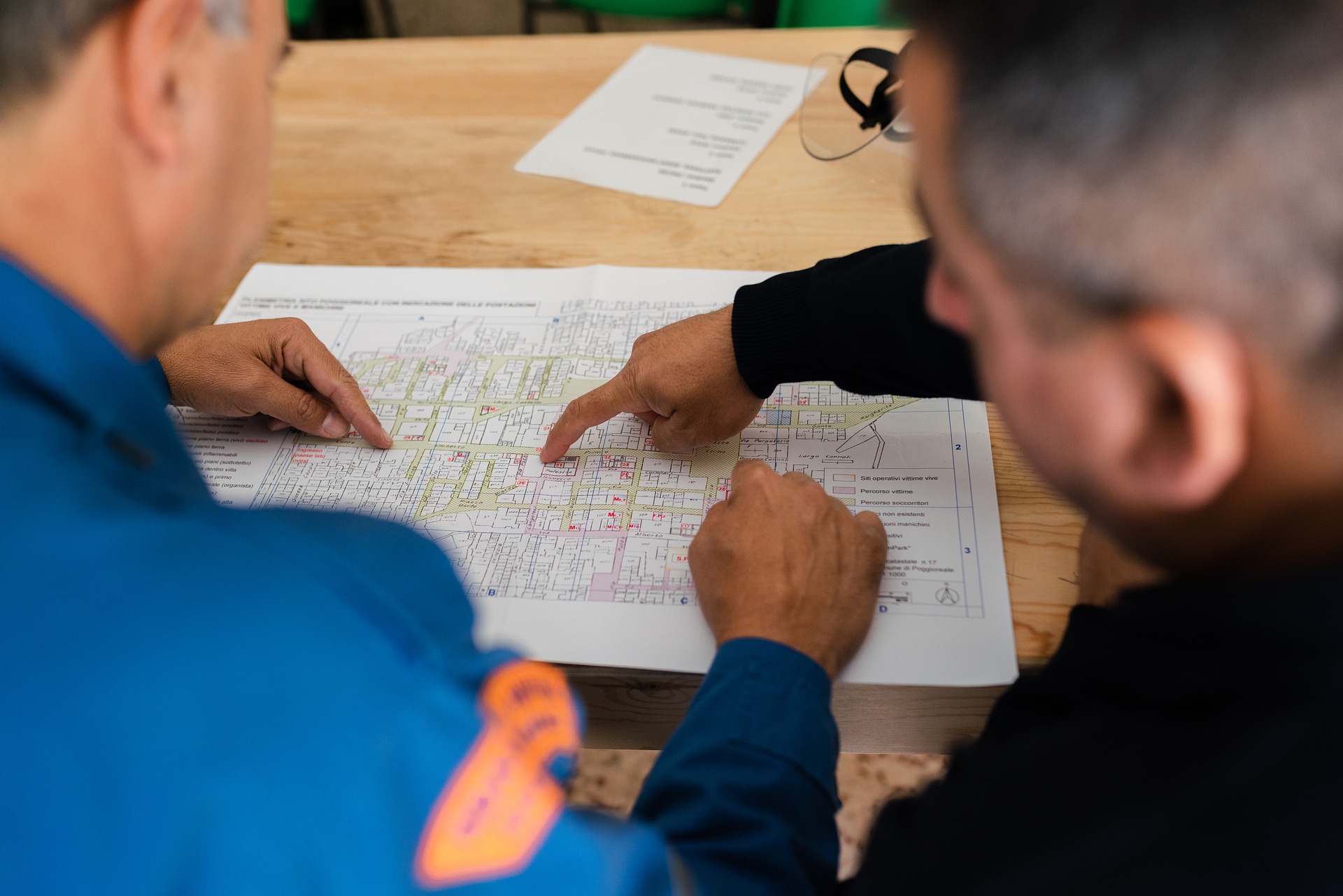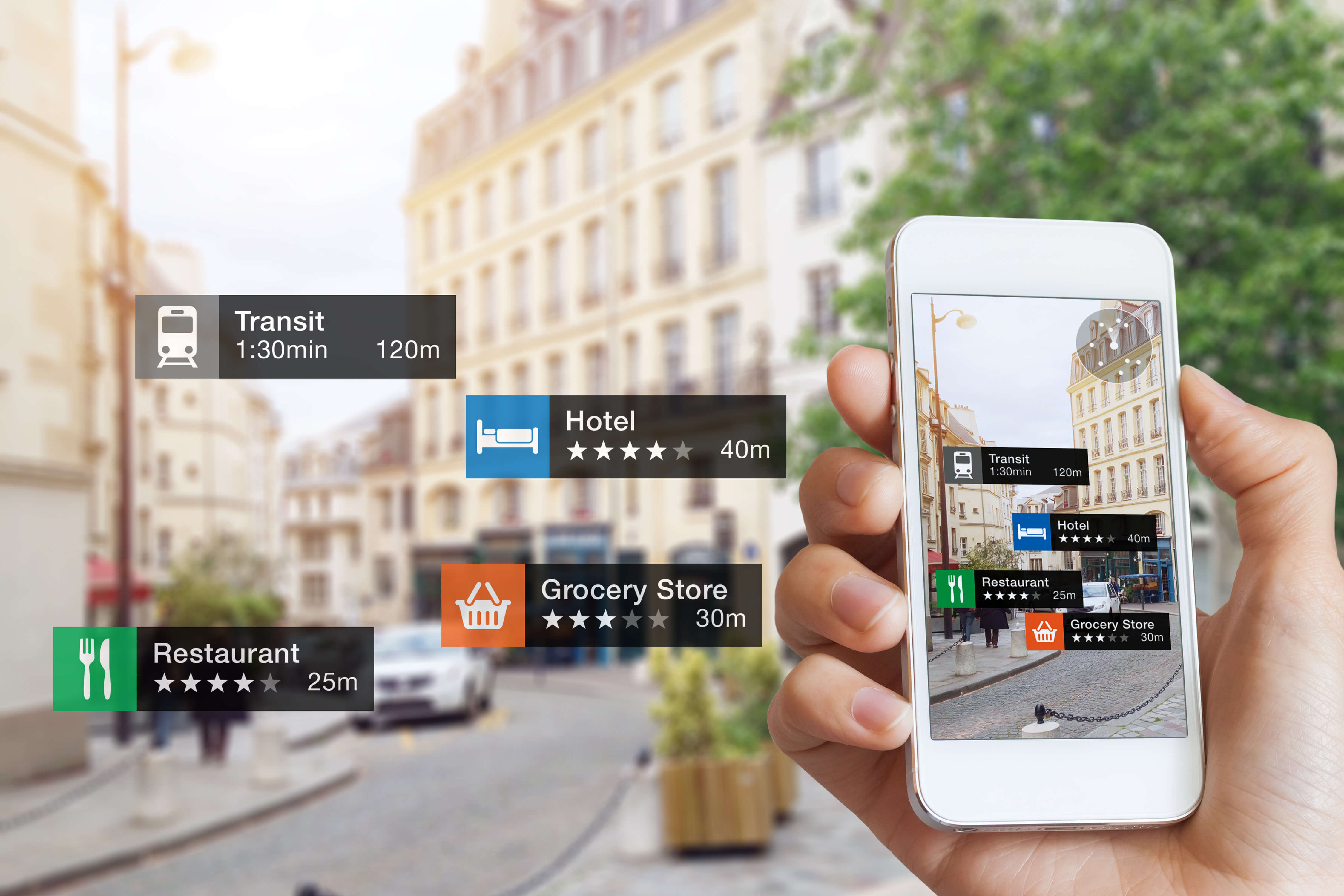Modern technologies are starting to affect literally every industry. Even though most activities related to Augmented Reality (AR) are in their infancy when it comes to industry, we know from our own experience that the first implementations are the most important ones. These very implementations make a lot more people aware of the benefits of using AR. This applies to the logistics industry as well, even though it might seem to be much less industrial. In practice, just like other industries, it focuses on quality and efficiency.
The logistics industry, also referred to simply as logistics, is a term borrowed from the army and is currently making a dizzying career. What counts nowadays is time and money and thanks to logistics these two “materials” can be used effectively. What’s more, logistics is closely associated with all stages of the product life cycle: the idea, production, sales, marketing and distribution. The logistics industry has become the foundation which guarantees the efficient functioning of market sectors such as retail, e-commerce, transport and healthcare. Many businesses monitor their procedures on an ongoing basis and adapt them to the tools offered by modern Industry 4.0 technologies, such as machine learning, automation, robotics and artificial intelligence, which include augmented reality.
Augmented Reality in the service of logistics
Logistics is a broadly understood branch of industry. That is why the solutions described below, which make use of AR technology, are related to so many areas of logistics, for example the storage of goods, the management of warehouse space or goods, and the optimization of transport and documents, such as waybills. Augmented Reality can support at least several areas of the logistics industry. If these areas are optimized, labour productivity will be significantly improved and the number of errors will be reduced, which will in turn lead to improvements in quality control and efficiency. Another thing worth mentioning is a reduction in the number of hours devoted to training employees so that they can take over their new responsibilities.
The manufacturing industry is more and more eager to use solutions based on Augmented Reality (AR). It can be used in quick assembly, intelligent repairs and the servicing of equipment. You can find out more about it here:

Intelligent warehouse space management with Augmented Reality
The biggest problem in warehousing is figuring out a way to use space to the fullest. The ultimate goal is to fit as many goods as possible into a limited space, bearing in mind that some products have to be stored in specific conditions.
What if you could check for yourself whether a planned spatial arrangement is really effective, even before it is put into practice? This is possible thanks to Augmented Reality! This technology allows us to project 3D holograms on real space. In this way, we can arrange the entire area of a warehouse before it is even opened. What’s more, AR allows us to arrange not only racks, tools and other equipment, but also goods. When employees are sent package dimensions in advance, they can arrange the available space much earlier, so they are prepared before the goods arrive.

AR and smart storage of goods
It is characteristic of large warehouses that you must quickly find a specific product in a maze of packages. And only someone who has tried to assemble an order can realize how much time is needed to prepare a package for shipment. However, it turns out that Augmented Reality allows you to significantly speed up this process, which means that warehouse employees can issue a lot more goods in a shorter time.
Let’s imagine a situation in which an employee has to assemble a parcel. In a warehouse (which should, of course, be ordered, properly divided and grouped), it sometimes occurs that an employee has to find rarely picked goods. It leads to a situation in which such an employee may have problems with finding a given product.

Today, logistics companies can provide their employees with precise information on the location of a particular product, i.e. the exact rack and shelf. Thanks to Augmented Reality and RealWear glasses, this very employee no longer needs to bustle around the racks and can instead be automatically instructed in which direction they need to go and assemble the order much faster. It significantly affects the effectiveness of the employee’s work and the quality of services, for example those provided by courier companies. Anyway, this kind of solution is already used by DHL, the well-known courier company, which officially boasts of the benefits of using Augmented Reality in its daily operations.

What should also be considered is the fact that you do not have to use RealWear glasses. Augmented Reality can also be used in other portable devices, such as tablets and phones. From our experience based on cooperation with large brands, we know that clients want to ensure that specialists have their hands free, so RealWear glasses are currently one of the best solutions.
Effective information management with Augmented Reality
21st-century logistics still relies on information management in paper form. It is true that some data can be entered into the system and then transferred to other units in electronic form, but unfortunately the majority of companies in the logistics industry (as well as those that have logistics departments) still do not make use of the benefits offered by a digital transformation.

Even in those logistics companies which have systems designed to store data and facilitate data processing, the process of managing information ends up on paper. In other words, all data from the implemented IT solution are ultimately printed out. Sometimes, it is even required to add written supplements, e.g. waybills, forwarding invoices, stock issue confirmations, goods received notes, damage reports or pallet receipts. What’s more, such documents are often filled out by hand, which increases the risk of potential errors that can be very costly and should be avoided by every company.
Today, Augmented Reality makes it easier to manage digital information. Employees do not need to use their hands and can rely on voice alone to update all the required documents and then send them to addressees or keep them in the IT system (when they are updated or a new document is issued by the employee). The employee is guided “by the hand” throughout the process of editing or drafting the required documents, but that is not all: the whole process could in fact be handled by someone less experienced! And all that increases work efficiency. Moreover, solutions which use AR technology significantly reduce the number of potential errors.
Tribal knowledge vs. a new employee
Every company faces the problem of onboarding new employees. From a business point of view, the employer wants the employed person to start working efficiently as soon as possible. In practice, every new employee must complete a series of training courses and go through an onboarding process that will allow them to do their job. Unfortunately, it is often very time-consuming. It is currently impossible to completely give up the onboarding process, but it can certainly be accelerated and this is where Augmented Reality comes to the rescue.
An example of faster onboarding in a new job can be drafting or updating the required documentation (which may differ in every company), which was described in the previous paragraph. If a new employee is guided through all the stages of editing “step by step”, they can start performing their duties much earlier than used to be the case.

The second example of how you can speed up the onboarding process is related to acquiring knowledge about the distribution and storage of specific goods. During traditional onboarding, the employee would have to remember the location of specific products or rely on location markings, which are often a feature of paper documentation. Using Augmented Reality, the employee can receive instructions in messages that appear in front of their eyes. Because of that, onboarding will occur simultaneously with the performance of the employee’s duties, starting at the very beginning of cooperation between the employer and the employee.
An important issue is also “tribal knowledge”, i.e. the knowledge of experienced and long-term employees of the company. Such knowledge is not usually written, but rather transmitted orally and acquired over the years. Therefore, it is not common and generally available knowledge. This is why some tasks are carried out more slowly if employees responsible for them have less work experience. But today’s AR solutions make it possible for such knowledge to be shared even if employees are hundreds of kilometres apart. AR uses an Internet connection to enable drawing messages visible to both parties on a device such as a mobile phone or tablet. This is important especially if your employees work with many elements, so the ability to identify the right part becomes key in accelerating their work. Because of that, servicing machines, eliminating defects or having a problem solved faster by a more experienced employee has really become available to everyone.

Logistics is yet another industry which will be changed by the digital transformation. This concerns aspects such as information collection, information management on IoT platforms and the use of modern technologies designed to accelerate certain processes and/or minimize errors thanks to Augmented Reality.
We have already seen that companies which focus on modern solutions have adapted much more easily to conditions caused by the coronavirus epidemic. We can only try to guess when other businesses will start to adapt to digital trends, but one thing is sure. There will be changes in every company!

Don’t know how to improve your business? Contact us! We will define your needs together and then implement what we agreed on. Check out SkillWorx, our original solution which works in every industry. Click here.


















